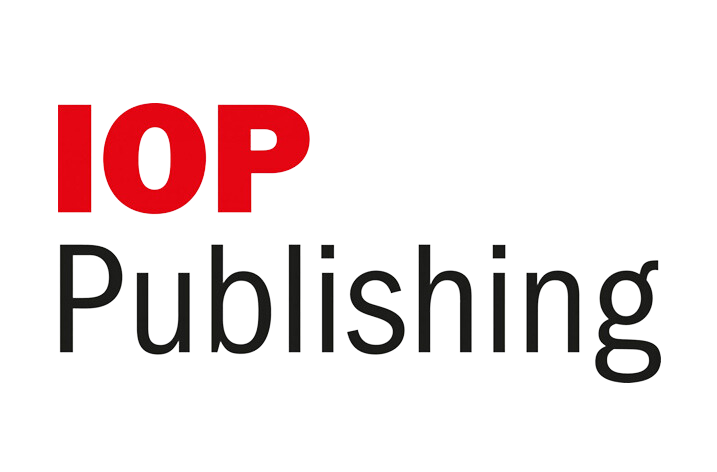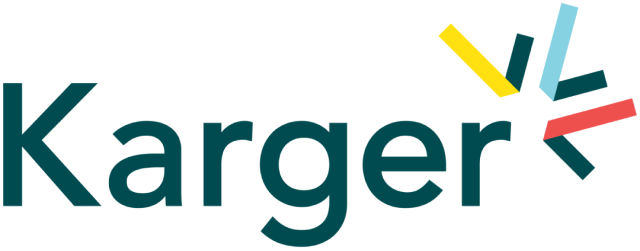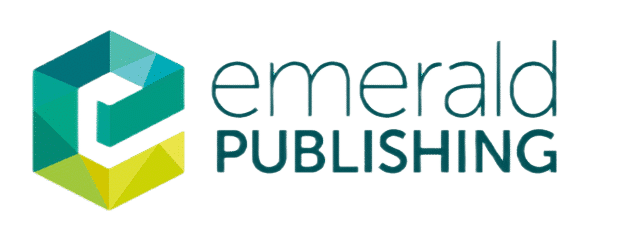Whitepapers
These free whitepapers dive deep into the world of scholarly publishing and it’s (sometimes) overwhelming complexity. You’ll learn best practices, hear from industry leaders, and get familiar all that tricky terminology.

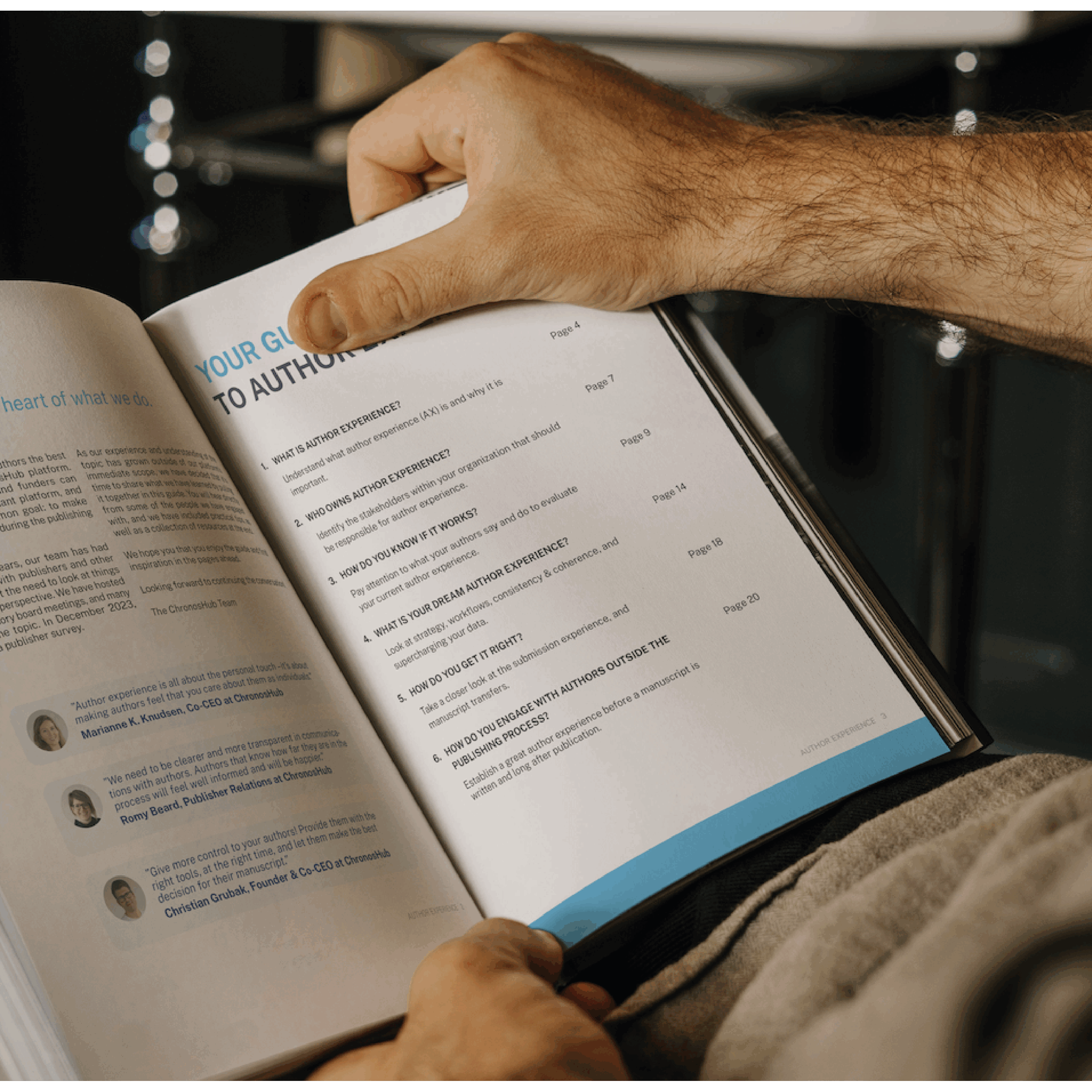
For Publishers
What is author experience and why should publishers care about it?
And where do you start if you want to make a change in the experience you provide for your authors?
If you need a bit of inspiration, download our guide which was born out of many discussions with publishers, workshops, advisory board meetings and webinars and our publisher survey. You’ll find quotes from some of the people we have engaged with on this topic, as well as a collection of resources at the end.
For Researchers
From Research to Publication: A Researcher’s Guide to Open Access
In this guide, we’ll share our insights about Open Access and address different types of open access questions and concerns to help you, as a researcher or administrative team member, to better understand, know, and feel confident navigating the world of Open Access.
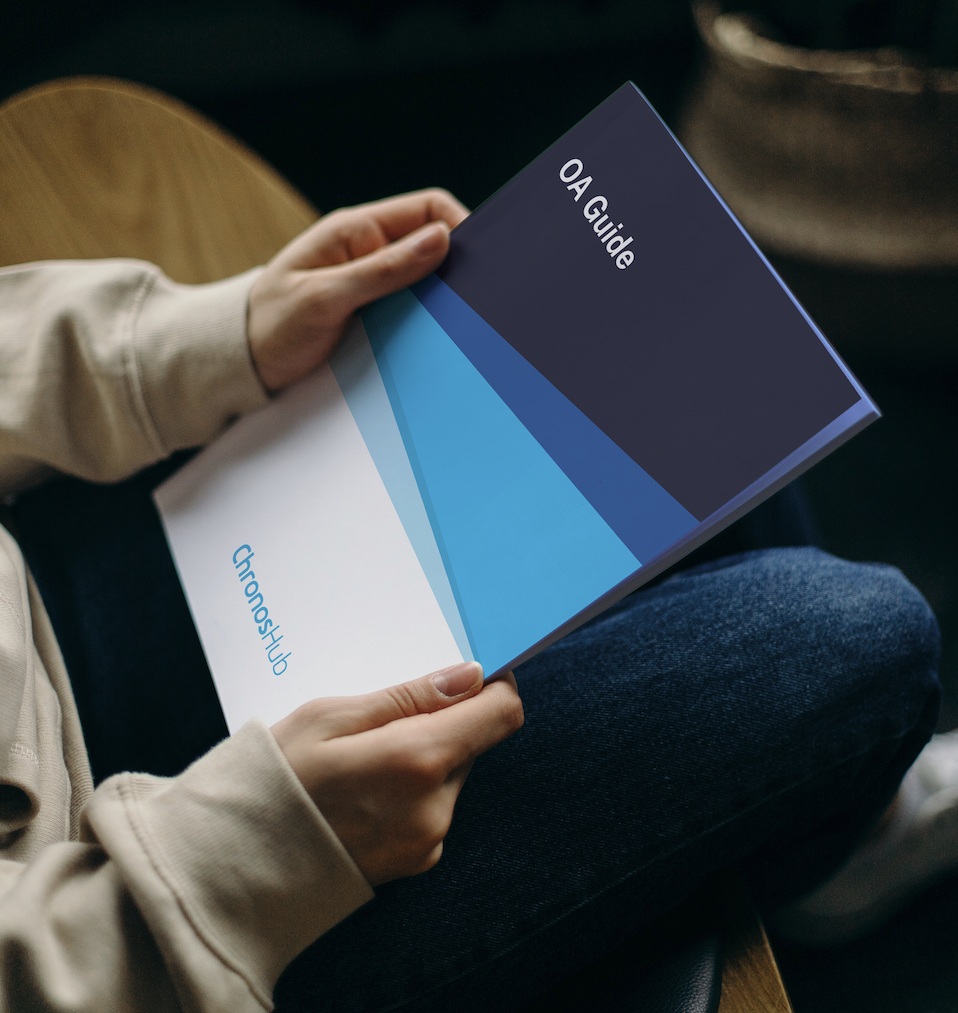
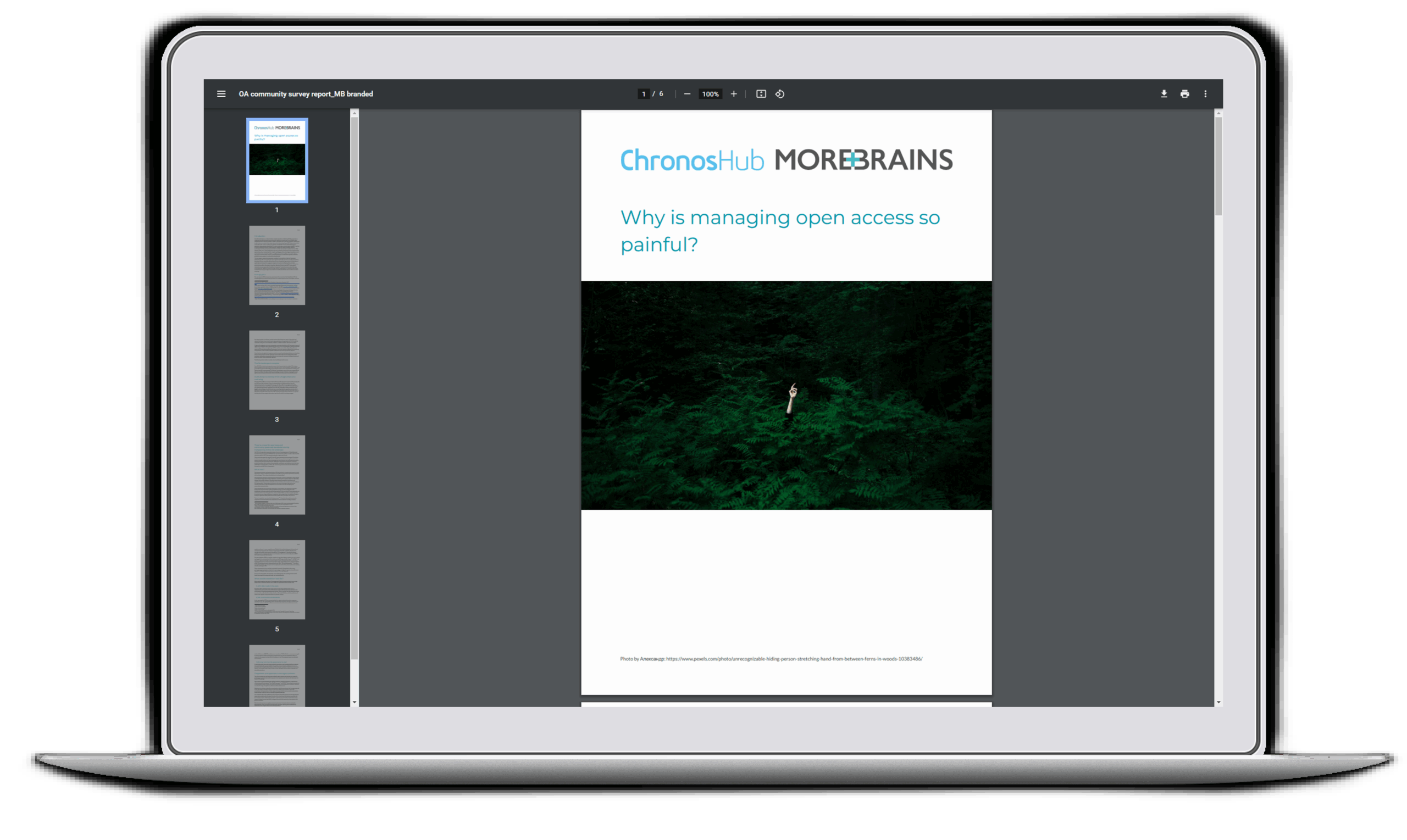
ChronosHub and MoreBrains Publish Position Paper
Do you think that charges associated with OA publishing are currently being managed across stakeholder groups in a transparent and trustworthy way?
That’s one of the questions we asked ourselves before we embarked on a journey to learn more about the OA Management landscape.
In collaboration with MoreBrains, we developed a survey to create a shared understanding of how the transition to Open Access takes place ─ all in support of institutions, publishers, and funders. We wanted to explore patterns of high-level trends and identify topics for community development.
Thankfully, we received a wide range of responses. So, we wrote a paper! It was reviewed by other experts within the OA space, and now we’re ready to share the results with the community and discuss it all in a one-hour webinar together with the reviewers.
For Librarians
How To Optimize OA Management
We’ve carefully crafted this resource to empower librarians like you with valuable insights and learnings on educating researchers in OA, managing OA through the ChronosHub platform, and addressing challenges such as funder compliance, APC management, and agreement management. Your feedback from the class has been invaluable in shaping this material, ensuring it caters to your specific needs.
Please download the booklet now and delve into a wealth of knowledge that promises to enhance your OA management journey. Thank you for your continued engagement, and we look forward to supporting you further in simplifying the complexities of OA.

Trusted by your peers
